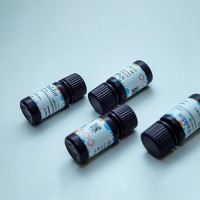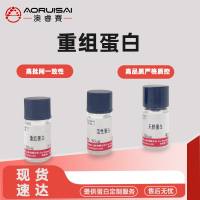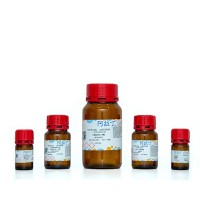Immunohistological Techniques for Studying the Drosophila Male Germline Stem Cell
互联网
互联网
相关产品推荐

EmbryoMax™ 青霉素-链霉素溶液,100X,用于细胞培养, The EmbryoMax Penicillin-Streptomycin Solution, 100X is available in a 100 mL format and may be used for routine mouse embryonic stem cell culture applications.,阿拉丁
¥174.90

Recombinant-BNIP3-homologdct-1BNIP3 homolog; CbBNIP3 Alternative name(s): Daf-16/FOXO controlled germline tumor affecting
¥10738

Recombinant Escherichia coli Maltose-binding periplasmic protein(malE)
¥2095

Dulbecco 磷酸盐缓冲盐水,1X ES 细胞合格,用于细胞培养, The Dulbecco's Phosphate Buffered Saline, 1X ES Cell Qualified is available in a 500 mL format & has been optimized & validated for Stem cell culture.,阿拉丁
¥139.90

EmbryoMax™ 1X Dulbecco′s Phosphate Buffered Saline w/o Ca++ & Mg++,用于细胞培养, The EmbryoMax 1X Dulbecco's Phosphate Buffered Saline w/o Ca++ & Mg++ is available in a 1 L format and may be used for routine mouse embryonic stem cell culture applications.,阿拉丁
¥134.90
相关问答

